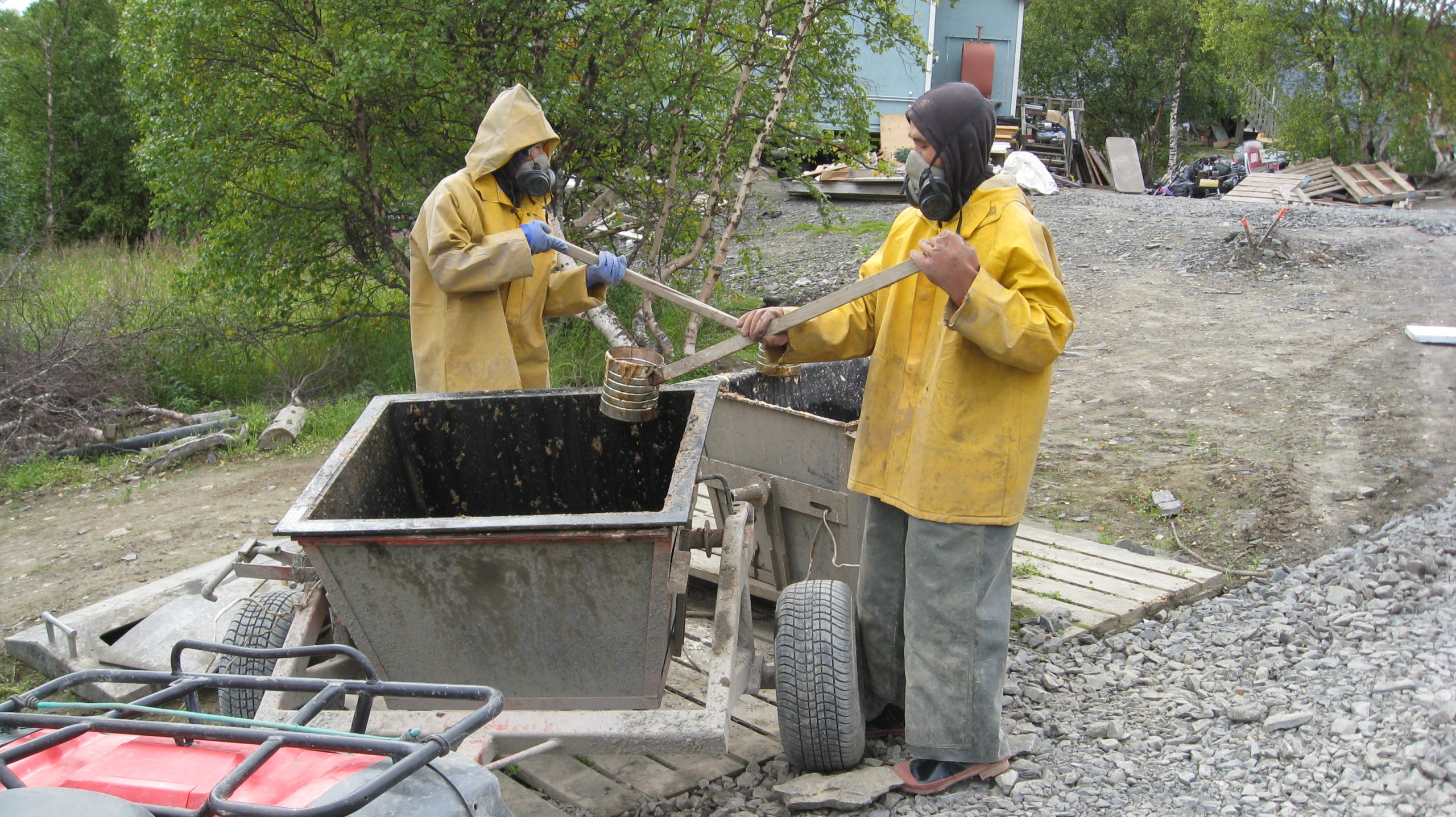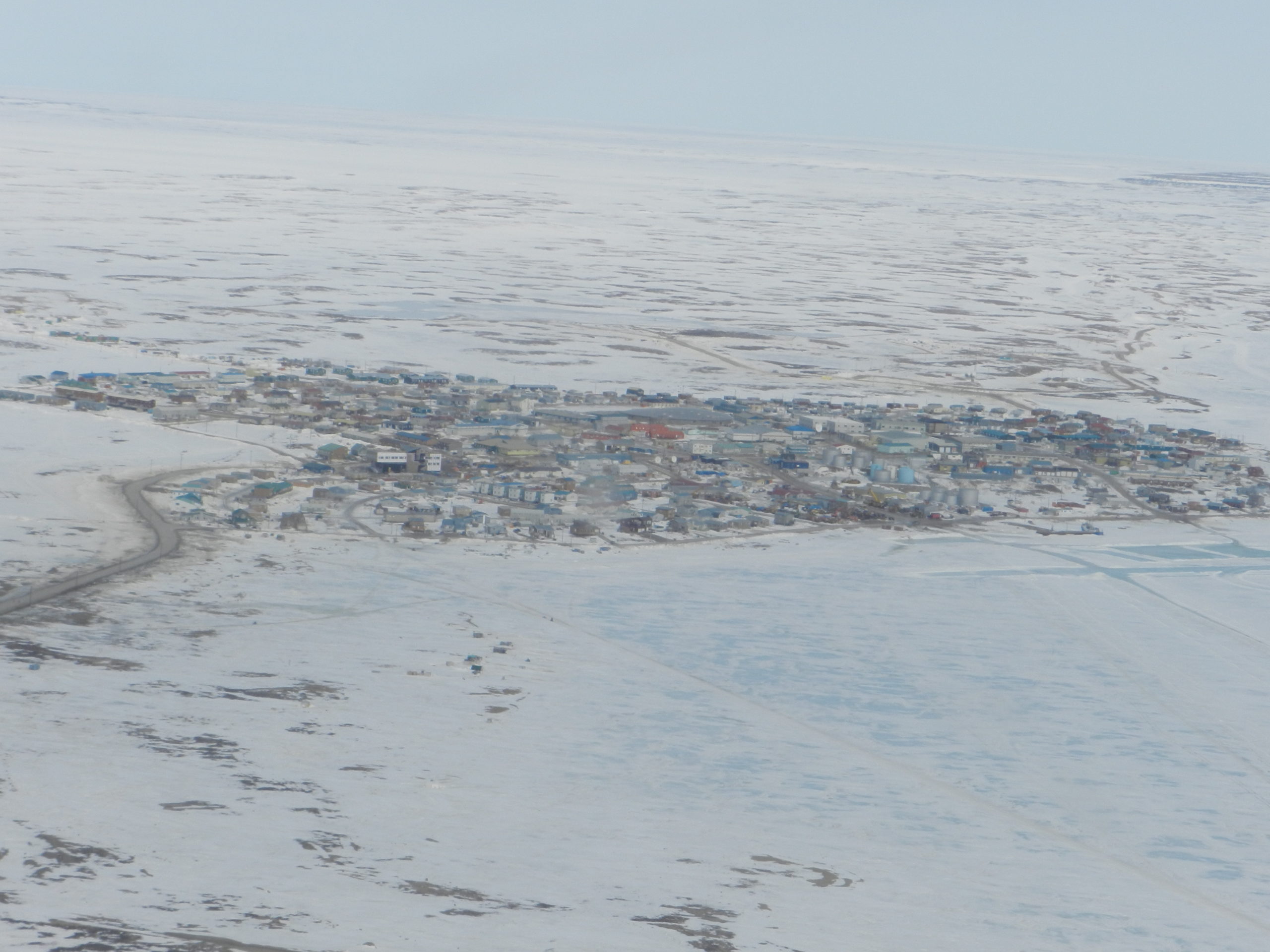How the Arctic’s limited infrastructure could make coronavirus deadlier in the region
The coronavirus could be devastating for remote Northern communities — especially those without running water, adequate housing and medical care, leaders say.

As Arctic countries fight to contain the spread of novel coronavirus infections, Indigenous leaders say the pandemic highlights critical gaps in Northern infrastructure, from water to housing to medical care.
Dalee Sambo Dorough, chair of the Inuit Circumpolar Council, highlighted the potential dangers to remote, rural communities in the Arctic.
“The common recommendation that everyone is making is to wash your hands for 20 seconds at minimum,” she told ArcticToday. “You know, ‘sing Happy Birthday twice while washing your hands.’”
But, she pointed out, this advice presents a problem for communities and households without running water.
“Approximately 4,500 homes in Alaska do not have potable water,” she said, and neither do many households across the Canadian Arctic.
Some homes in the region lack flush toilets and adequate sewer systems, too, and residents who do have them may depend on aging, precarious systems. The virus has been found in fecal matter, although it’s unclear whether it can be transmitted that way.
Overcrowding and inadequate housing can also contribute to the spread and severity of illnesses like COVID-19, and makes it difficult to separate sick people from the well. Meanwhile, houses that aren’t properly ventilated may make viruses like these spread more quickly.
Many Northern communities also experience food insecurity, making it particularly difficult to stock up on goods in the face of the pandemic.

For a long time, Indigenous communities in the Arctic have suffered from respiratory illnesses such as tuberculosis and RSV at higher rates than other parts of the world — including the southern regions of their own countries.
“Inuit are a high risk group in general for respiratory infections, including tuberculosis,” Natan Obed, president of Inuit Tapiriit Kanatami (ITK), told ArcticToday in an email. “Reasons for this include poverty, as well as economic, health and social inequities that put people and communities at greater risk of developing respiratory infections.”
Limited local health systems could also exacerbate the effects of the virus.
In Greenland’s largest hospital, for example, there are only four beds in the intensive care unit.
In Nunavut, those who fall seriously ill must be evacuated to Iqaluit or cities such as Ottawa for treatment, a process that can take days.
And relying on southern hospitals and laboratories could limit the access and quality of health care for Indigenous people, especially if the facilities become overwhelmed with patients from their own jurisdictions, Obed pointed out.
It’s not only remote and Indigenous communities in the Arctic where conditions pose unusual challenges to fighting COVID-19.
The North’s infrastructure also complicates industry and researcher efforts to contain the pandemic.
Norway’s Equinor recently reported its first confirmed case of COVID-19 on an offshore oil rig. It revealed how vulnerable extractive industries, like the oil and mining sectors, can be to a pandemic. Workers often come from many different communities — some international — and live and work in very close quarters.
Canada’s Baffinland is clamping down on travel, asking workers who are currently at home to remain there and announcing plans to send workers currently at the mines home this week.
Last week, a member of the air supply team for the MOSAiC research expedition, which is currently locked in ice in the Arctic Ocean, tested positive for the virus. The patient and 20 colleagues were quarantined before they had contact with the ship, but this could limit how supplies are delivered to the expedition. And if the virus were to move aboard the research vessel, it could spread quickly.
At least 140 countries have confirmed cases of the coronavirus.
Last week, Greenland asked travelers to stay home, and Iceland canceled public gatherings and closed schools for four weeks.
For now, the remoteness of many of the region’s communities may have helped slow the spread of the disease there. And some communities are using that remoteness to continue to try to contain it.
Several communities in Nunavut, including the city of Iqaluit, have asked that travelers cancel all nonessential visits. There have been no confirmed cases of COVID-19 so far in Nunavut.
Some villages along the route of the Iditarod Trail Sled Dog Race have closed to mushers and other associated with the race, moving checkpoints outside of town. (Alaska has just one confirmed case of COVID-19 so far, in a foreign cargo pilot who sought medical care in Anchorage.)
And municipalities in northern Norway, which has seen a few cases of coronavirus infection, instituted mandatory quarantines for all travelers from the far-more-populous southern part of the country, which has one of the highest rates of confirmed cases in Europe.
But while the region’s isolation has mostly protected it so far, that dynamic could soon shift, Obed said, and its isolation could make the disease even worse.
In addition to addressing the virus itself, Arctic governments’ responses to COVID-19 must include improving water and sanitation, and fixing housing and health inequities, Dorough and Obed both said.
“The challenges faced by many of our rural and remote communities certainly will contribute to the potential for higher risk and more devastating results,” Dorough said.
And issues like these are compounded by other advancing threats, including climate change, she said.
“Many of our communities throughout the Arctic are being hit by multiple adverse impacts,” Dorough said. “If you now add something as virulent as COVID-19, that just adds to the cumulative impacts that many communities are facing.”